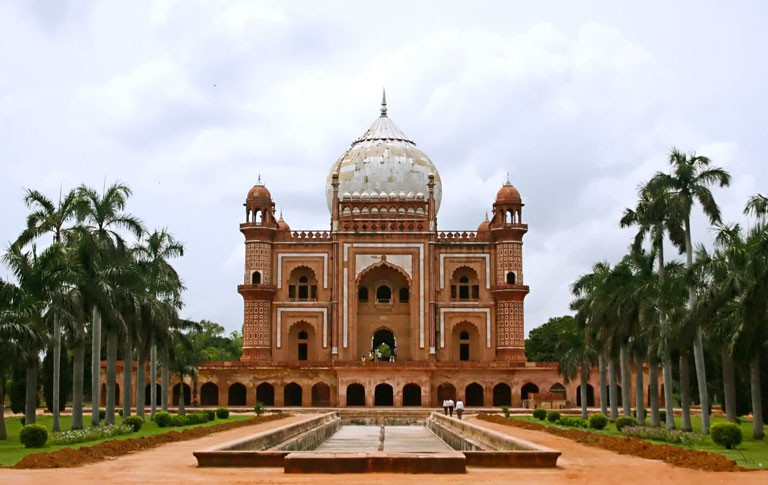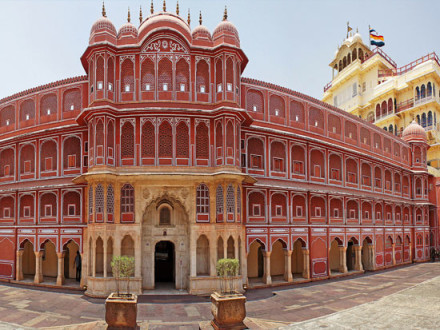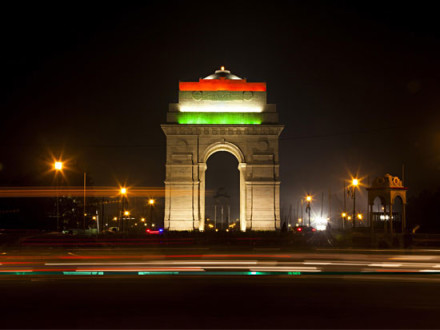A sandstone and marble mausoleum standing tall and majestically in Delhi, the Safdarjung Tomb was built in 1754. The tomb carries the elegant Mughal empire style of construction. The Safdarjung tomb holds a significant importance mainly because it is believed to be the last of the monuments built in Mughal architectural style.
Safdarjung tomb has an extremely appealing dome and red, white and brown structures that are arched and look very imposing. The tomb also has a lot of space which gives its visitors an airy feel. When Ahmed Shah Bahadur took to throne in 1748, the Mughal Empire got a prime minister and that was Safdarjung.
Safdarjung has become a significant name in Delhi. Safdarjung tomb is located very close to the Safdarjung airport at the T- junction of Lodhi road. Mirza Muqim Abul Mansur Khan was famous and was called Safdurjung. He ruled over Avadh independently as the viceroy of Muhammad Shah.
On the south side of the tomb you can find the historic site which was the ground for a notorious battle fought in 1386 between Timur of Mangol and Muhammad Tughlaq. The final monumental tomb garden was of the Mughals, the Safdarjung tomb was built in a manner where the garden tomb was enclosed and resembled the tomb style of Humayun.
The four important and striking features about the tomb that attract tourists are the planning of the Charbagh, the centrally located mausoleum, a floor plan with nine folds, façade with five parts and a large podium with a stairway that’s hidden.
The main entry gate to the tomb has a façade that’s adorned with extensive embellishments. The two storied main entrance gate has aplastered surface and the color on tit is ornate purple. You will also find Arabic inscription that states about the dead soul of a victorious man reaching the gates of heaven. The back side of the tomb can be seen once you enter the tomb and it houses several rooms and library.
The main gate of the tomb offers a spectacular view of the mausoleum, surrounded by high walls and a dome in the center, the main tomb stands on a terrace. The 28 meter high main mausoleum is made of red and buff stones. There is a central chamber and that’s square in appearance. Eight partitions and a cenotaph in the middle add to the intrinsic architectural skills used on the mausoleum.
There is a three domed mosque inside the tomb complex and it sits on the right side of the entrance gate. Faded marble panels, embellished arches, underground chamber in the mausoleum, plastered, painted and embellished ceiling, and the graves of Safdarjung and his wife in the underground mausoleum chamber makes the tomb look similar to the Tajmahal.
Safdarjung tomb was built during the decline of the Mughal period hence its finesse and perfection does not match with that of Tajmahal and Humayun tomb but itstill makes for a splendid attraction in Delhi tour package.




